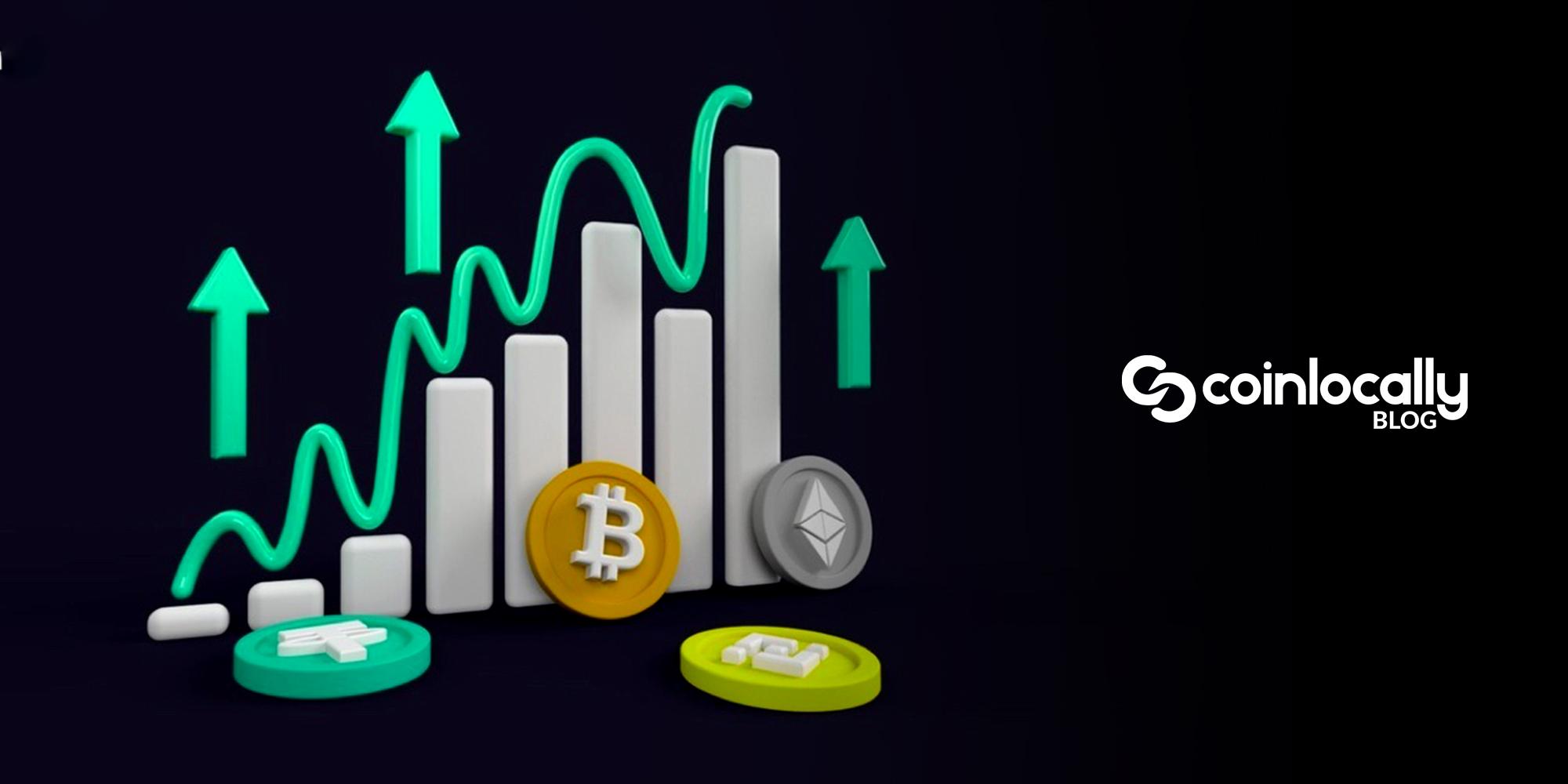
Margin Trading
What Is Margin Trading in Crypto?
Margin trading is a strategy that allows traders to borrow funds to increase their position size. It lets you trade with more capital than you actually own. This can boost both profits and losses.
It’s a standard feature on many crypto exchanges.
How Margin Trading Works
Borrowing to Trade
In margin trading, you put up a portion of your own funds, called the margin, and borrow the rest from the exchange or other users. This allows you to open larger positions than your original balance would allow.
For example, with 5x leverage, a $100 margin gives you control over a $500 trade.
Leverage and Risk
Leverage multiplies your exposure. While gains can be higher, so can losses. If the market moves against your position, you could lose more than your initial margin.
This makes risk management essential.
Key Terms in Margin Trading
Leverage
Leverage is the ratio of borrowed funds to your own capital. Common options include 2x, 5x, 10x, or more.
Higher leverage means higher potential returns—and greater risk.
Liquidation
Your trade may be liquidated if the market moves too far against your position. This means your assets are sold automatically to cover the loan. Exchanges use this to protect themselves and other traders.
Margin Call
A margin call happens when your account balance drops too low. The exchange may ask you to add more funds to keep the position open. Failing to do so could lead to liquidation.
Margin Trading vs. Spot Trading
Spot Trading
In spot trading, you buy and sell assets using only your funds. There’s no borrowing, and risk is limited to your investment.
Margin Trading
This involves borrowing funds, using leverage, and taking on greater risk. It can be used for both long and short positions.
Understanding the difference is key to choosing the right strategy.
Pros of Margin Trading
- Larger Position Sizes: Trade beyond your balance.
- Potential for Higher Profits: Gains are amplified with leverage.
- Flexible Strategies: Can profit in both rising and falling markets.
Cons and Risks
- Amplified Losses: Losses are magnified, just like profits.
- Liquidation Risk: A small market move can close your position.
- Emotional Pressure: Fast-moving trades can be stressful.
- Requires Active Management: You must monitor your trades closely.
Where to Use Margin Trading
Centralized Exchanges
Platforms like Binance, Coinlocally, and Bybit offer built-in margin features. They provide tools, leverage settings, and risk control options.
Decentralized Platforms
Some DeFi protocols now offer margin trading through smart contracts. These are less common but growing in popularity.
Tips for Margin Trading Safely
- Start with low leverage
- Use stop-loss orders
- Never risk more than you can afford to lose
- Monitor your trades regularly
- Practice on demo accounts before using real funds
Final Thoughts
Margin trading can be a powerful tool for experienced traders. It offers the chance to earn more with less capital and increases risk. Proper risk management, discipline, and market knowledge are essential.
For beginners, it’s best to learn the basics first and start small. As your skills grow, you can confidently explore more advanced strategies.
